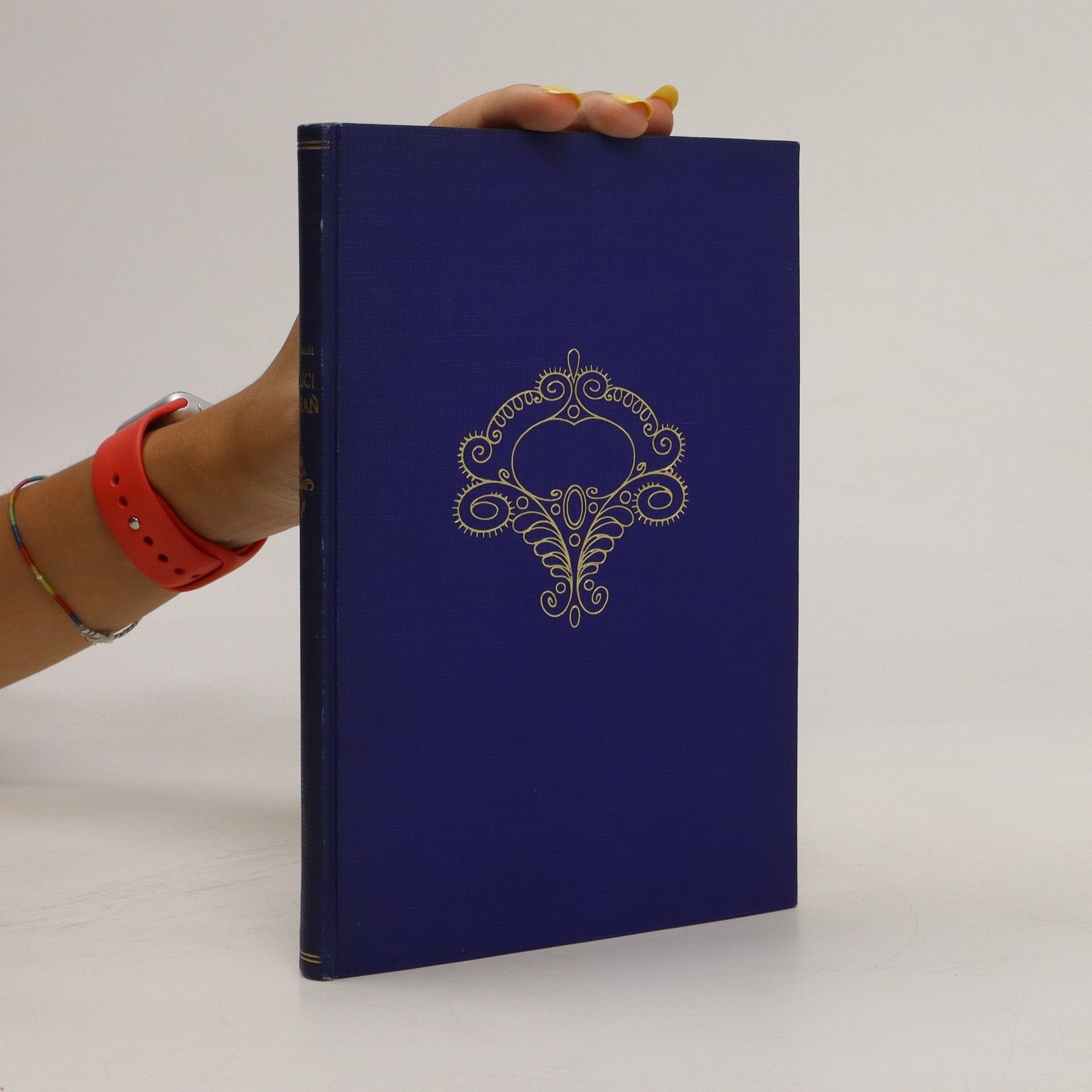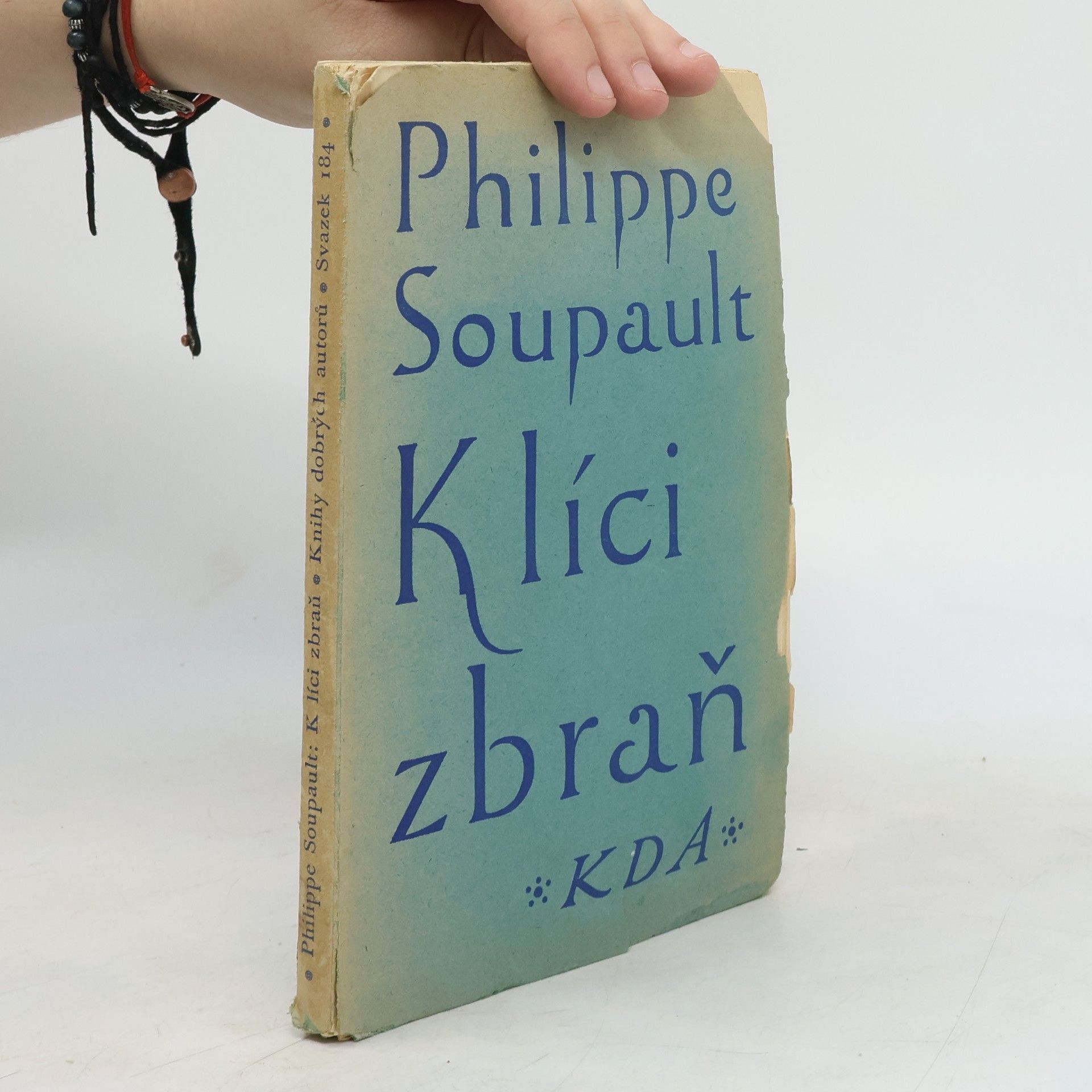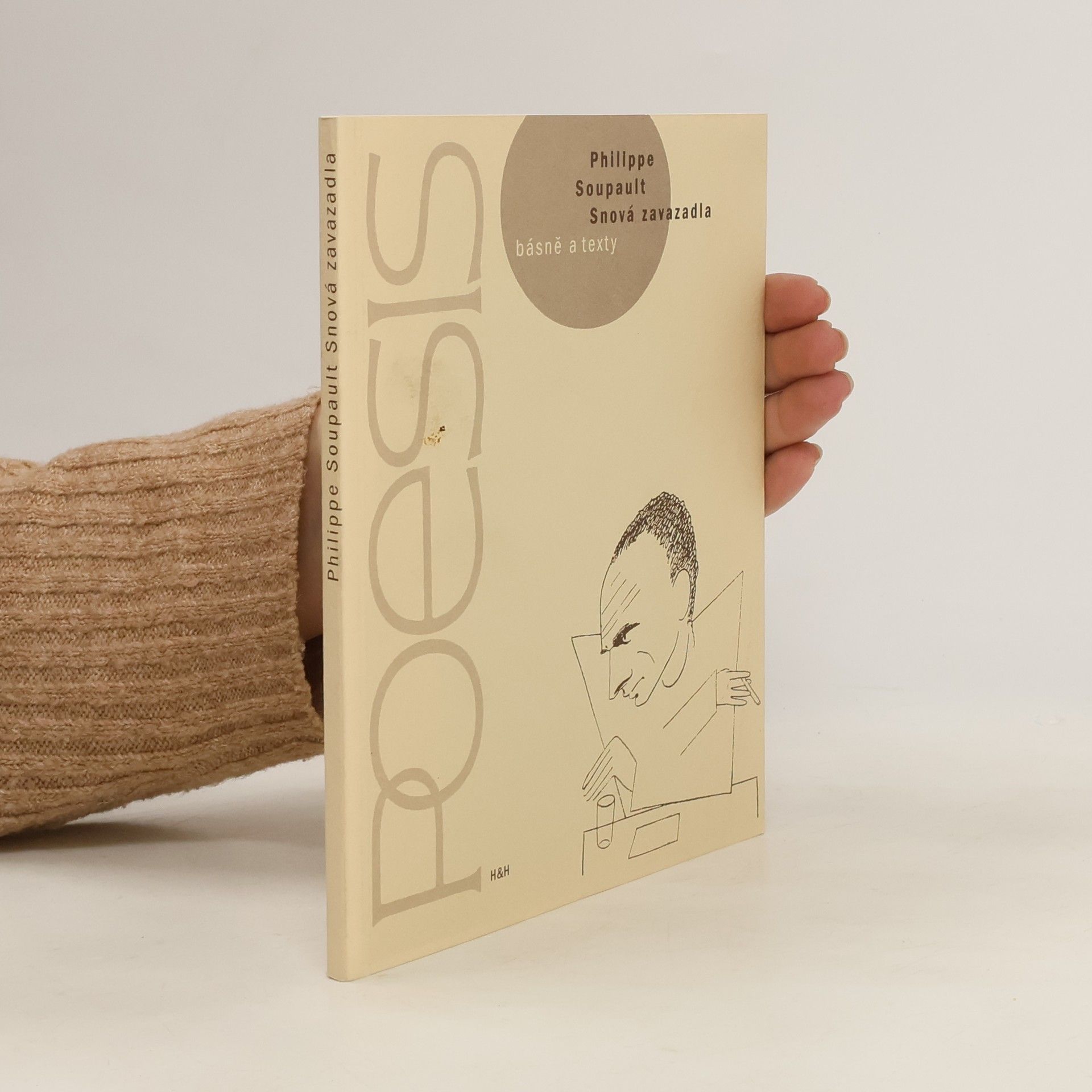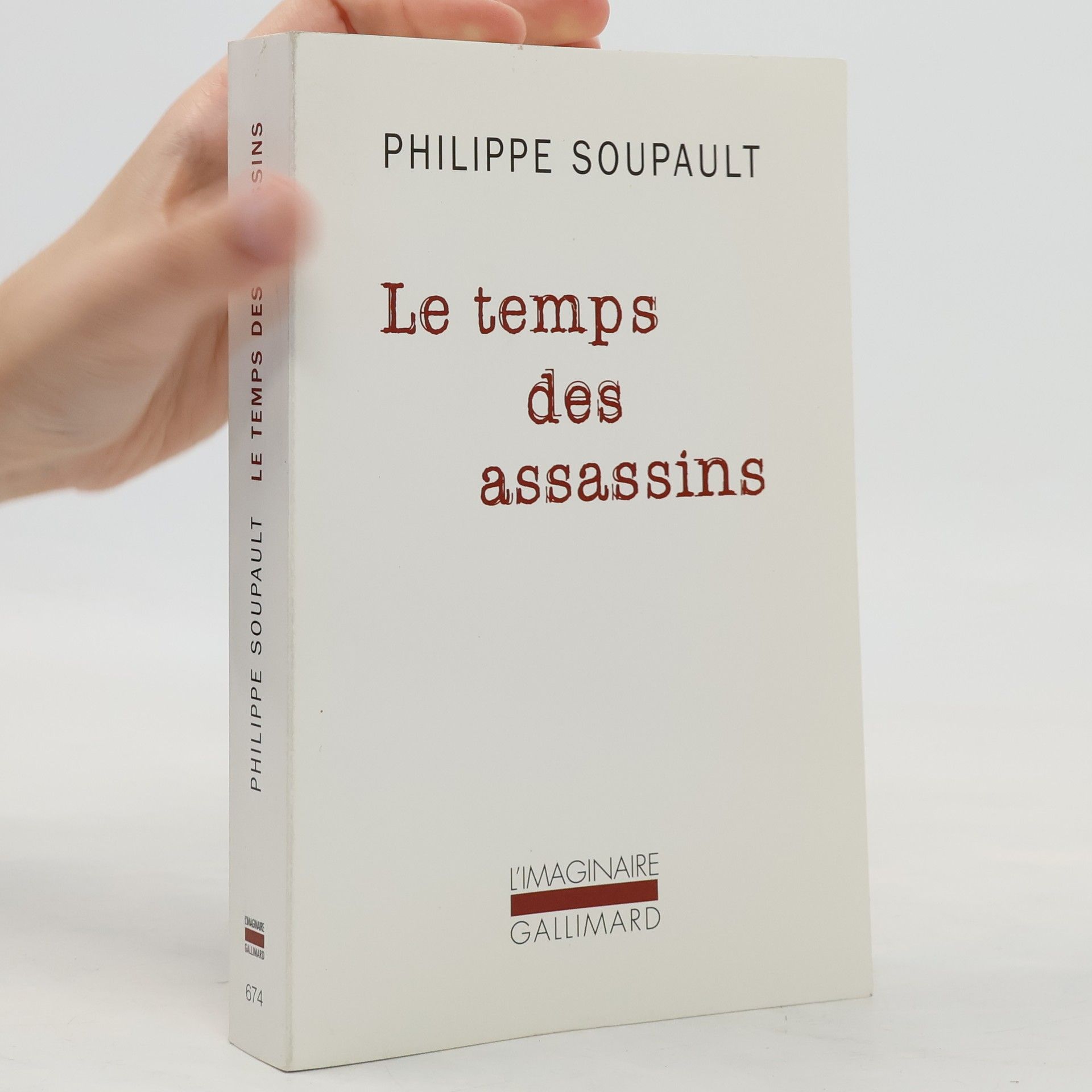Výbor z celoživotního básnického díla francouzského surrealisty a spoluautora „bible surrealismu“ Magnetických polí, doprovázený dobovými dokumenty, fotografiemi a výňatky z memoárů. Soupault se jeví „jako básník křehkého výrazu, nebouřlivý, kultivovaný, jenž jde cestou vedoucí srdcem“, jak o něm napsal editor svazku a překladatel Zdeněk Lorenc. Kniha je uvedena Lorencovou studií a doplněna přehledným kalendáriem básníkova života a díla.
Philippe Soupault Knihy
Philippe Soupault byl klíčovou postavou francouzské avantgardy, spoluzakladatelem surrealismu a aktivním účastníkem dadaistického hnutí. Jeho literární tvorba, včetně raných děl automatického psaní, zkoumá hlubiny lidské psychiky a reality. Soupaultův styl se vyznačuje experimentováním s jazykem a nekonvenčními narativními strukturami, čímž posouvá hranice literárního vyjádření. Jeho vliv na vývoj moderní poezie a prózy je nepopiratelný.







Kniha, již André Breton a Philippe Soupault společné vydali roku 1920, je inaugurální text surrealismu, v němž zároveň dosud působí skeptický humor a radostný nihilismus Dada. Jeho české vydání, k němuž tu konečně dochází, snad pomůže trochu zkorigovat předpotopní představy, které u nás o surrealismu a „automatickém psaní" – jehož jsou Magnetická pole prvním programovým příkladem – dodnes panují. Spíš než do temnot nevědomých a „nízce" pudových pásem psychismu je tu automatické psaní rázem obráceno k čirému údivu před neznámem a k radosti z nadlehčující tvůrčí hry.
Životopisná práce o Artaudovi "Život, dílo, sny" z pera Jana Kopeckého. Knihu doplňují Svědectví současníků [o Artaudovi], Artaudova bibilografie a množství fotografií. Úvod Philippe Soupault.
Autorisovaný překlad. Vyd. též 50 výt. na similijapanu a čís. 1–25 podeps. autorem.
A Rimbaudesque novella of wayward wanderlust and liberty from the cofounder of Surrealism Conceived in a hospital bed in 1917 and written a few months later after his fateful encounter with Lautréamont's Maldoror, Philippe Soupault's novella The Voyage of Horace Pirouellepreceded the author's involvement with Parisian Dada and the Surrealist movement he would later launch with his friends. Inspired by a schoolmate's sudden departure for Greenland on a whim and his subsequent disappearance, Soupault imagines his alter ego's adventures as entries in a journal both personal and fictional. Adopted by an Inuit tribe, Pirouelle drifts from one encounter to another, from one casual murder to another, until his life of liberty and spontaneity leads him to stasis at the edge of existence. After taking an active part in French Dada, Philippe Soupault(1897-1990) cofounded the Surrealist movement with André Breton and Louis Aragon, and authored with Breton The Magnetic Fields, the first official Surrealist work. After being expelled from the movement for the crime of being "too literary," he devoted his life to writing, travel, journalism and political activity (for which he was put in prison by the collaborationist Vichy government).
L'Imaginaire: Les dernières nuits de Paris
- 162 stránek
- 6 hodin čtení
«Je vivais à Tunis depuis 1938 où j’ai dirigé jusqu’à l’armistice de 1940 les services de presse, d’information et de radiodiffusion de la Tunisie. J’habitais dans une maison arabe, au centre de la ville indigène, qu’on appelle la Médina. Depuis juin 1940, dans ce protectorat français, spontanément des centres de résistance se formèrent. Timidement, maladroitement ceux qui ne pouvaient accepter Vichy (ce nom résume toutes les lâchetés, les bêtises, les crimes de la "Révolution" dite nationale) cherchèrent à se grouper et à agir. Ils firent de leur mieux. — Mais ceci est une autre histoire. De 1941 à 1942, la police vichyssoise chercha à réduire ces centres de résistance et à intimider les opposants. Une liste de suspects fut dressée. On me fit l’honneur de m’y inscrire. Puis au mois de mars 1942 on commença à poursuivre les suspects. Je fus chargé sur l’une des premières charrettes. Le 12 mars l’ordre fut donné de m'arrêter.»



